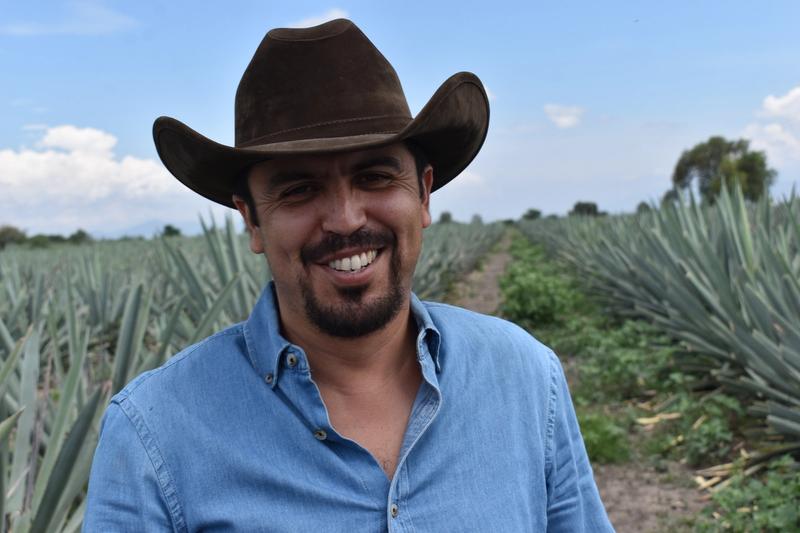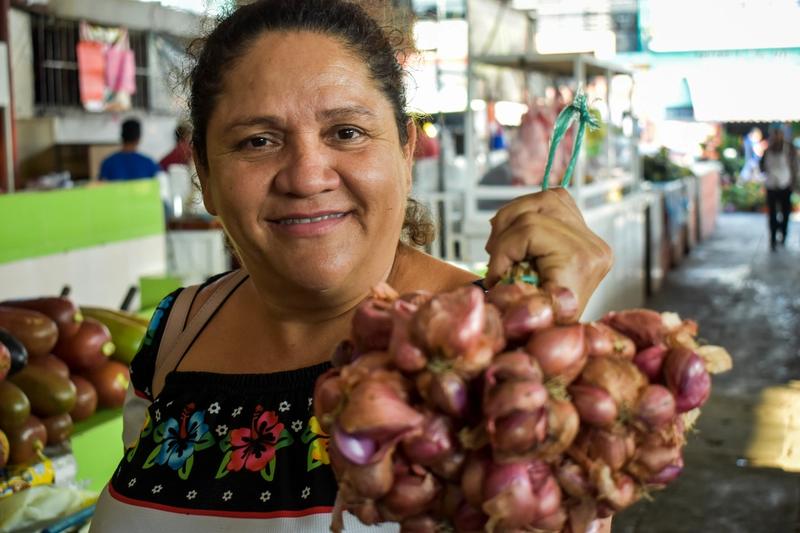Mezcal is a spirit made from wild agave, a cactus-like plant that is native to Mexico. Agave plants only flower once in their lifetime, growing a tall stem from the piña of the plant, after which the plant dies. In order to make mezcal, the piñas of the agave are slowly roasted in a large wood-fired pit in the ground, providing the mezcal with its distinctive smokiness. The piñas are then naturally fermented in wooden barrels, and purified in stills made from either copper or clay.
The method of production, and the way that Mezcaleros process the raw ingredients to produce their mezcal plays an essential role in the spirit’s final flavor profile. Unlike tequila, which is made exclusively from the blue Weber agave in the state of Jalisco, mezcal is produced in almost every state of Mexico, and applies dozens of different agave varieties.










